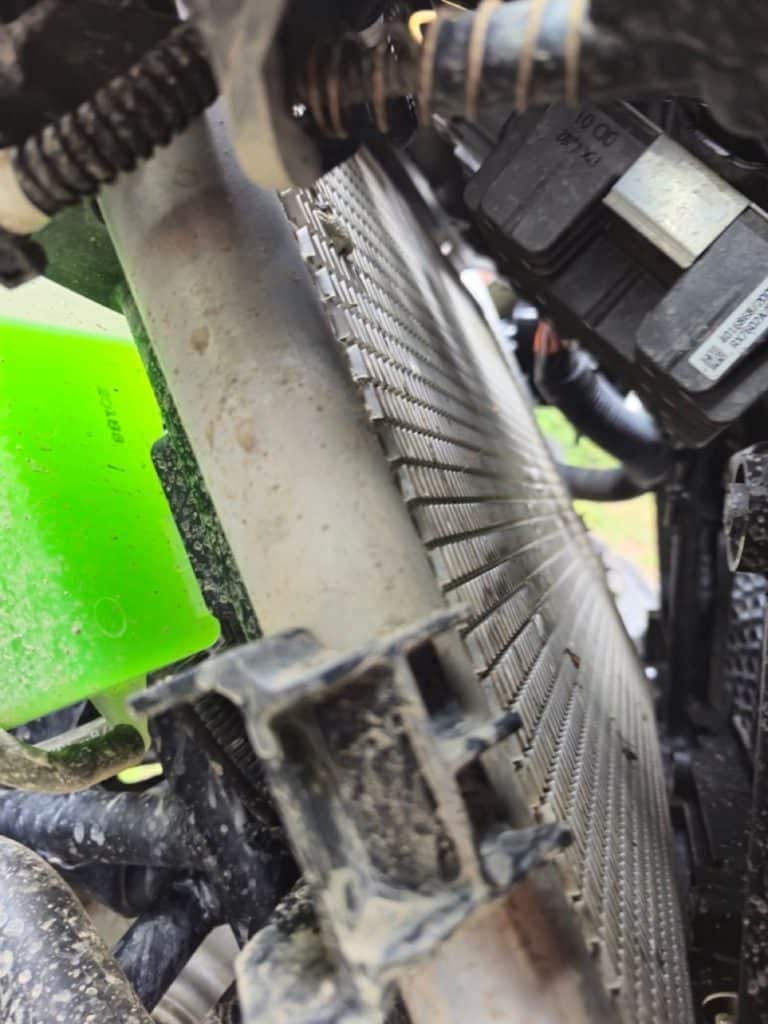The viscosity of engine oil is a measure of its resistance to flow. Low viscosity oil (e.g., 0W-20) flows faster than high viscosity oil (e.g., 20W-50). To illustrate this, think of water and honey. When poured from a container, water flows much faster than honey.
This is because when external forces act on a fluid (such as gravity), the molecules in the fluid move against each other, resulting in molecular friction that resists flow.
Viscosity is a measure of this internal friction or its resistance to flow.
It helps to think of viscosity in these terms:
• Clear and light fluids are those with low viscosity.
• Thick and heavy fluids are those of high viscosity.

Engine oil viscosity table
The viscosity of engine oils is often reported using the Society of Automotive Engineers (SAE) J-300 table. This table shows the minimum and maximum thresholds that an engine oil must meet to be classified for the specified viscosity.
The “W” index is for winter. The oil is determined based on its cold start performance, simulating an engine running at progressively cooler temperatures. The ability of the oil to flow at increasingly colder temperatures is also measured. The lower the “W” index (e.g., 0W), the faster the oil will flow when cold and the easier the engine will run to start.
The second number (for example, the “20” in 5W-20) is determined by the viscosity of the oil after the engine has reached the operating temperature of 100ºC (212ºF).
0w40 oil has the highest range of use from cold to hot.

What does viscosity mean for engine protection?
So what does all of this mean for the protection of your engine? Simply put, viscosity is the most important property of a lubricant. How it reacts to changes in temperature, pressure, or speed determines how the oil protects your vehicle.
Lubricants with a viscosity too low for your engine can cause:
• Metal-to-metal contact and increased wear
• Increased oil consumption, which leads to harmful deposits and frequent fill-up
• Leaking seals
Lubricants with too high viscosity can also damage your engine, causing:
• An increase in fluid friction, which increases fuel consumption
• An increase in operating temperatures, accelerating oil degradation
• Poor start in cold weather
The oil thickens when it’s cold
When the temperature drops in winter, engine oil thickens, flows more slowly, and requires more energy to circulate. This is why it can be more challenging to start your engine on a freezing winter morning – the crankshaft has to go through cold, thick oil before it turns fast enough for the engine to start.
If your oil drains slower, engine components can be vulnerable to wear and tear until the oil warms up enough to circulate throughout the engine. Synthetic oils are superior to conventional or mineral oils in this regard.
This is why it is better to use an oil with a lower viscosity in winter if your vehicle manufacturer allows it.

The oil becomes more liquid with heat
The opposite happens when the temperature soars. Suppose you are towing a timber trailer with your ATV or SSV down a forest trail on the hottest days of summer. The intense heat generated by your engine causes the oil to liquefy. If it becomes too fluid, it may not adequately protect the metal components during operation, promoting wear.
The higher the lubricant’s viscosity, the greater the pressure or load it can withstand, and the better it maintains the separation film between moving parts.
But there are limits to this relationship. If the viscosity is too high, the lubricant will not flow as quickly, and your engine will work harder and use more fuel.
Temperature Thick oil
Liquid oil
Pressure / Load Thick oil
Liquid oil
Speed Liquid Oil
Thick oil
Different vehicles require different viscosities
The key is to use a lubricant with a suitable viscosity for the application. In addition, you should use an oil that is resistant to cold thickening while retaining its ability to protect against wear at high temperatures.
Synthetic lubricants, such as AMSOIL synthetic lubricants, offer better cold flow when the temperature drops and better protection once your engine has reached operating temperature.
ATV and SSV manufacturers specify the viscosity of the engine oil you should use in the owner’s manual.
You can always use the AMSOIL Product Guide to find this information. But remember that your vehicle’s viscosity requirements may change if you have modified your engine.
Text: Etienne Jeanson








